Last updated: April 5, 2024
Thing to Do
Explore Wildflowers in Death Valley
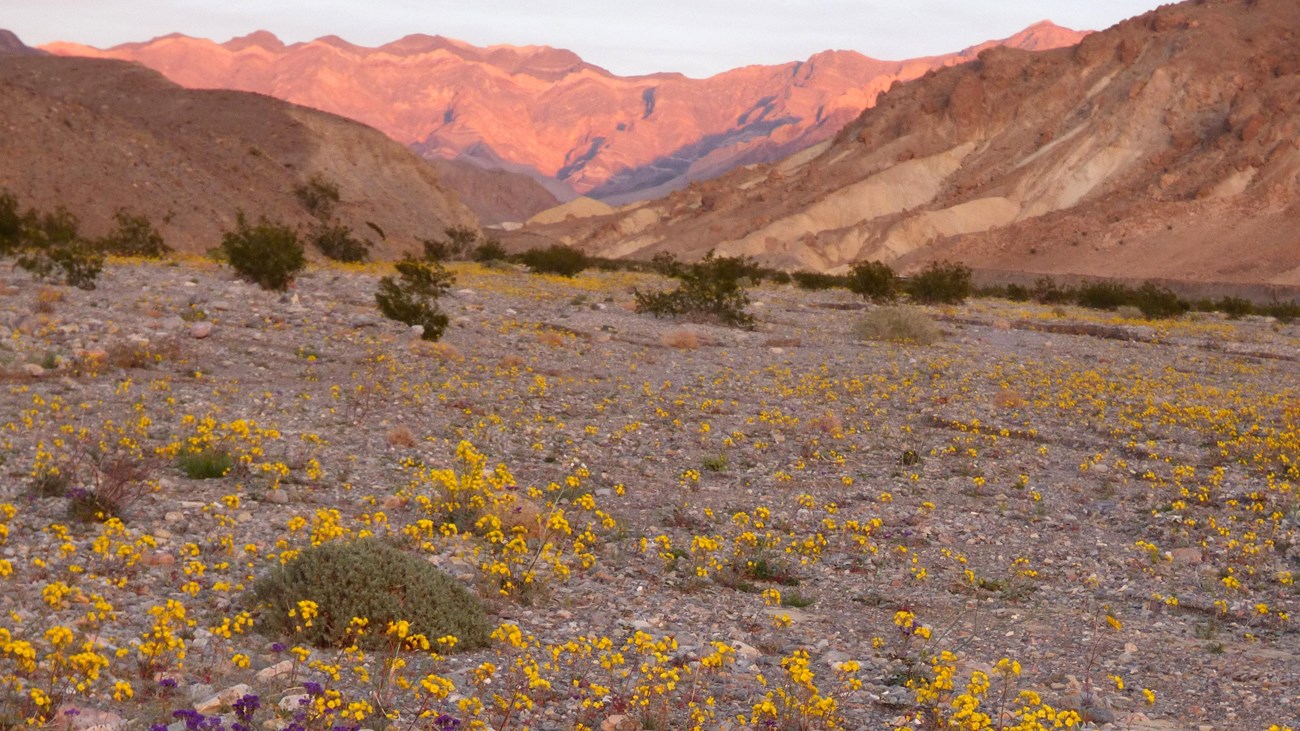
NPS/ D.Milliard
Learn more about this year's wildflower predictions, and when different elevations are likely to bloom on Death Valley's Wildflower page.
Visit the Death Valley Wildflower page or stop by the Furnace Creek Visitor Center for more information!
Common Wildflowers in Death Valley

Desert Gold
Geraea canescens
This is a slender daisy-like flower with 1/2-1 inch long yellow ray flowers ("petals"), growing up to one foot in height. Leaves grow only at the base, and are dissected wtih pointed lobes. It favors flats, slopes, and alluvial fans below 5,000' in creosote brush scrub and joshua tree woodlands habitats.
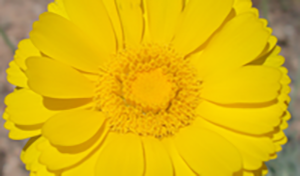
Desert Marigold
Baileya multiradiata
The desert marigold is a 8 to 20 inch tall perennial with white, wooly stems that branch from a taproot. The flowers are about 1 inch diameter heads with numerous yellow, hairy disk flowers, and 50-60 bright yellow ray flowers ("petals") arranged in rows. They flower beginning in April and sometimes into July, growing around the Towne Pass area from 2,000 to 5,000'.
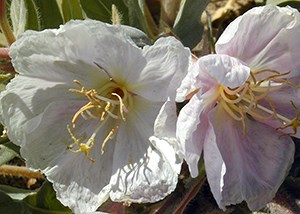
Eureka Dunes Evening Primrose
Oenothera californica ssp. eurekensis
This rare, and federally endangered, perennial flower is found on the Eureka Valley sand dunes in the northern area of Death Valley National Park. Up to two feet tall, with a well anchored root system, and the ability to resprout from stem tips buried in the sand this plant is well adapted to life on the dunes. It flowers April through June, growing large white flowers with four 1 inch long petals. Finding a Eureka Dunes Evening Primrose is a truly special and unique Death Valley experience.
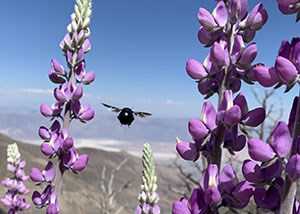
Grape Soda Lupine
Lupinus excubitus
This handsome lupine species grows up to three feet high and has alternate, palmately divided leaves that take on a silvery color due to dense, flattened hairs on their surface. It flowers in the spring from April until June, with blue-violet flowers in branched clusters. It can be found in rocky soils from 3,000 to 7,000 feet and is common on the western slope of the Panamint range
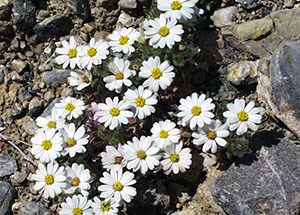
Desert Star
Monoptilon bellioides
The desert star is a small annual that reaches only 6 inches tall. It is covered with stubbly hairs, has linear half inch long leaves, and flower heads composed of numerous yellow disk flowers and 12-20 white ray flowers. This flower is common on sandy and gravelly flats and washes below 3,000 feet in creosote bush scrub.
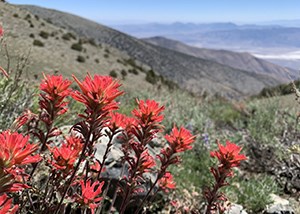
Wavyleaf Desert Paintbrush
Castilleja applegatei
Common in the Telescope peak area, The Wavyleaf Desert Paintbrush is easily recognized during the spring bloom by its bright red paintbrush shaped flowers. It is a short perennial with sticky, wavy edged leaves and grows at upper elevations.
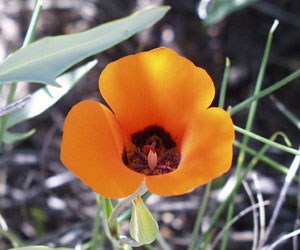
Mariposa Lily
Calochortus kennedyi
The Mariposa lily is a 4 to 8 inch tall perennial, with up to 8 inch long linear leaves that remain coiled on the ground before the flowering stalk appears. Each plant produces 1 or 2 open, bell-shaped, vermillion flowers with three 1-2 inch-long petals with purplish spots and round fringed glands at the base. You can find these beautiful flowers between 2,000 and 6,500 feet in creosote bush scrub, Joshua tree woodland, and pinyon-juniper woodland between shrubs in rocky soil.
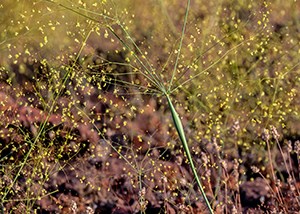
Desert Trumpet
Eriogonum inflatum
This unique perennial flower has stout, bluish green stems that form inflated, hollow, bulbs at the node. The stems above this inflated node have a forked branching pattern characteristic of the buckwheat family. These stems are capped with a tiny yellow flower cluster that blooms in the spring, from March to July. These are very common on gravely washes and flats below 6,000 feet. A variation of this plant exists in Death Valley that lacks the inflated stem, known by the scientific name of Eriogonum contiguum.
